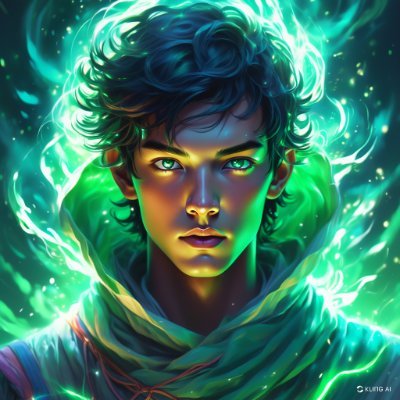
28 Days
28 fragments of a quest.
28 days ago, I shared these words. A simple announcement. Just the beginning of something. But within it was a promise. A promise that I would one day explain everything. That I would reveal the reason why. And today, that moment has come.
But first, let’s go back in time.
November 2021
The world kept spinning as usual. But that day, something shifted. A man—a mentor, a guide with a sharp mind and a peaceful soul—spoke. He announced that he would take a few students under his wing. Not for a casual class. No. He would mentor them for an entire month.
A full month of learning. Of sharing. A month during which he would give them everything. Everything he knew. Everything he had experienced. Everything that had made him the accomplished man he was.
But his mission wasn’t just about passing on raw knowledge. His goal was much greater:
Success.
Discipline.
Elevation.
The unshakable strength of mind.
He extended this opportunity to us. But as with all valuable knowledge, it came with a price.
I accepted. I paid without hesitation—because I knew some lessons are worth far more than money. And true to his word, he taught me without restraint. I had access to his thoughts, his strategies, his vision. But among all the things he gave me, one lesson stood out. A truth that still echoes within me to this day.
He looked at me and said:
"If you go through life without taking notes on yourself, you’ll keep making the same mistakes. Over and over. Like a cycle. Like a loop. You’ll go in circles and never know why."
And then he added:
"Observe yourself. Write. Record your states—good or bad. There's no rule. But the more you write, the more you’ll learn to understand yourself. To listen to yourself. And one day... those words will save you."
I listened.
And I began.
I started taking notes about myself. My thoughts. My mistakes. My wins. But like anything in life, I wasn’t always consistent. There were periods where I was diligent. Others where I let it go. I advanced blindly at times—forgetting the lesson, only to rediscover it later.
Then came these 28 days.
And this time, I didn’t waver.
I held on.
I wrote.
I observed.
And so comes the question...
Why?
Why did I do this?
Why this discipline, this consistency, this rigor?
I hadn’t told you yet.
It has a name.
Self-observation.
And here are the final words my mentor left me with—words that took time to fully grasp:
"Taking notes on yourself is building a bridge between your past and your future. Because one day, doubt will come. The storm will come. A moment when everything feels like it’s falling apart."
"You’ll look for answers. You’ll try to make sense of it all. But everything will seem blurry."
"And in that exact moment, your own words—written when you were clear-headed—will guide you."
"One day you’ll feel lost, shaken, maybe even broken. But if you’ve written... then you’ll be able to read again. To dive back into your own thoughts. To find moments when you felt exactly like you do now."
"And see, right there, what you did to rise again. What saved you once... can save you again."
That’s when I understood.
Self-observation is not a simple exercise. It’s a logbook.
The trading journal of life.
A trader stops making the same mistakes when they keep a journal.
And a human stops repeating their past when they journal their life.
Today, I’ve become consistent with my trading journal. I’ve stopped making rookie mistakes like FOMO or chasing price action. Why? Because I took notes. Because I acknowledged my flaws. Because I played the game of improvement. And I know I still have so much to learn.
What I shared on Twitter was just a glimpse—just a small piece of all the self-observations I made over these 28 days. In truth, I’ve written nearly an entire notebook of notes about myself. But I didn’t want my tweets to be too long, so I kept them concise.
As the days went by, I started having more and more ideas for improvement. I even began jotting down my thoughts the very second they appeared. Here’s a small excerpt from the ten pages I wrote on March 20:
“I meditated for 22 minutes at 11:40 AM. Every time I meditate, I see this kind of silhouette surrounded by a violet aura. I wonder who that is? Maybe it’s my intuition, or an angel revealing itself. It’s 1 PM, and I feel a wave of heaviness, tiredness, procrastination starting to creep in. It’s 2:23 PM—I allowed myself 1 hour and 10 minutes of relaxation. If I don’t feel distracted by 2:46 PM, it might be because I didn’t check Twitter, so there’s no external bias pulling me off track.”
I’ve noticed that between 1 PM and 2 PM, I often feel a slight dip in energy. I’m learning about myself. Just like a trading journal reveals our blind spots, self-observation reveals our personal growth paths.
If you’ve read these 28 entries, then you’ve seen it. You’ve felt it.
I found solutions.
For every fall, a note.
For every doubt, a response.
For every shadow, a light.
Today, I know this for sure:
The one who observes himself never gets lost.
And if one day, you feel lost...
Dive into your own notes, like I did today.
And you will find your way out.
I hope this message inspires you. I hope it sparks something. The desire to write the journal of your own life.
Ask yourself this question:
If someone, someday, reads the story of your life—what would you want them to learn from you?
What would you wish to pass on through those pages?
Here is what these 28 days revealed about "Fibo"—the version of me that rises higher every time I act in alignment with what truly benefits me.
The Best Version of Fibo:
Goes to bed before 10 PM. Meditates to enter a flow state. Uses Opal right after waking up to stay laser-focused. Uses a timer for each productive task. Plans tomorrow’s schedule the night before. Takes quick cold showers. Stays in solitary places to maintain focus. Hardly uses Twitter and follows his intuition. Exercises between 11 AM and 1 PM to avoid midday fatigue. Applies the teachings from his books. Drinks more water to think clearly. Sets goals based on action rather than results. Uses minimalist analysis that suits him best. Takes into account the synchronicity of majors and BTC, and only enters when most coins reach key levels. Accepts invalidation of certain levels. Stays patient like he did in November, applying MT’s teachings: find, wait, enter, win, never chase price, repeat. Thinks long term for consistent results. Performs better in futures than in spot. Gets sunlight to recharge. Doesn’t check charts upon waking. Knows that working out is essential. Doesn’t expect results—just takes what the market gives. Listens to HZ frequencies for focus and productivity.
The Fibo Who Still Needs to Improve:
Needs to define a clear vision of his goals. Must validate his prop firm—it's a milestone. Needs to manage risk with more adaptability instead of always using the same percentage. Needs to rebuild trust in his own decision-making, as overly cautious risk management could hinder success.
The "Bad" Fibo:
Watches Netflix. Gets distracted on YouTube. Lacks structure. Lives a day improvised. Falls for FOMO. Chases price. Doesn’t fill out his trading journal. Spends hours on Twitter.
Let this be your spark.
Your turning point.
Your Day 1.
And may you never stop observing yourself.
Because that’s how we stay found.
George Harrap’s Journey From BitSpark To Step Finance On Solana
Few people can say they were in crypto before Bitcoin was a mainstream topic. George Harrap is one of those few. He wasn’t just an early observer but an active participant who shaped the way people interact with digital assets today.
If Step Finance sounds familiar to Solana users, George is the man behind the analytics dashboard. But George’s story isn’t just about technology. It’s about someone who wasn’t content to be a passenger in the digital revolution—he wanted to be in the driver’s seat.
Before the world knew about Step Finance, George had already built something else. He founded BitSpark, a blockchain-based remittance platform that sought to bridge the gap between cash and digital assets.
It was here that he learned firsthand about the friction of the global financial system—from prohibitive transaction fees to the slow pace of sending money across borders. The experience gave him not only technical insight but also a practical understanding of the problems everyday people face.
In turn, it was a pivotal moment that changed the course of his career. Rather than focusing on solutions, George began asking a more fundamental question: how can people see and understand what’s happening in their crypto world? It’s a simple question, but in the increasingly complex DeFi ecosystem, the answer isn’t so simple.
Enter Step Finance, an analytics dashboard that not only makes it easy for users to monitor their portfolios but also bridges them to the many features of the Solana network. George and his team saw a huge opportunity: the Solana ecosystem was growing rapidly but lacked tools to help them navigate its complexity.
Step served as the “front page of the internet” for Solana users, allowing them to track assets, exchange tokens, explore NFTs , and engage in yield farming without having to switch apps.
However, building on a new network like Solana was no small feat. It was fast and cheap, but it lacked documentation or standards. George often shared stories of Step’s ups and downs on social media, from mind-numbing bugs to insights into user behavior. He was active on Twitter, often giving pointed but honest commentary on where DeFi was headed.
Furthermore, he is not afraid to criticize things that he thinks are hindering adoption. For example, confusing UI/UX or projects that are too technical to the point of forgetting about ordinary users. This is where one thing becomes clear: George is not just building a product, but also helping to shape the direction of the industry he is working in.
George now lives in Dubai , a city that is rising as a magnet for blockchain projects and crypto innovators. This choice of residence is not arbitrary. Dubai offers a unique combination: relatively open regulations, access to a global investor network, and an active crypto community. From here he has developed a network and also become an advisor to other projects, showing that his role in the industry is more than just a single founder.
For example, he has been involved in discussions about how to integrate cross-chain analytics tools or how to create a user experience that is not bogged down in technical terms. His communication style is also straightforward.
Rather than wrapping ideas in complicated jargon, he chooses simple words that provoke discussion. Perhaps because of his background in the world of remittances, he is more sensitive to the needs of ordinary people than many other developers.
If there’s one common thread running through all of George’s projects, it’s a desire to make sense of the complex. Whether at BitSpark or Step Finance, the end goal is always the same: to put control back in the hands of users. He believes that transparency is the ultimate strength of blockchain , but openness alone isn’t enough—people also need to know what all those numbers mean.
This is where Step Finance becomes more than just a tracking tool. Step Finance serves as a concealed educational platform, enabling individuals to not only embrace the DeFi movement, but to truly comprehend its principles.
George has even criticized projects that lack a solid foundation and are merely hype. He’s more interested in sustainable development, even if it takes a little longer.


 最低價
最低價 最高價
最高價 







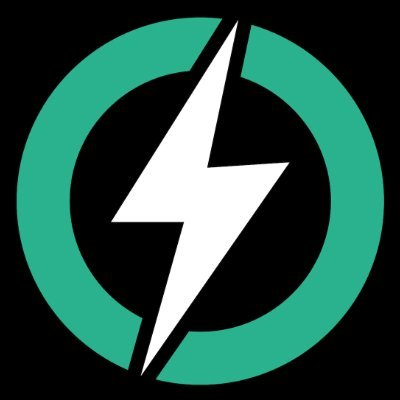
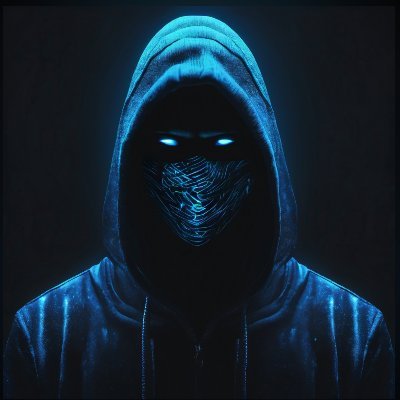
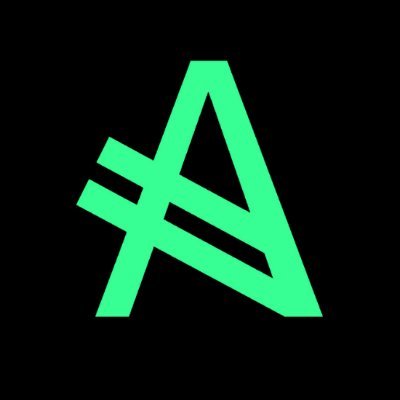
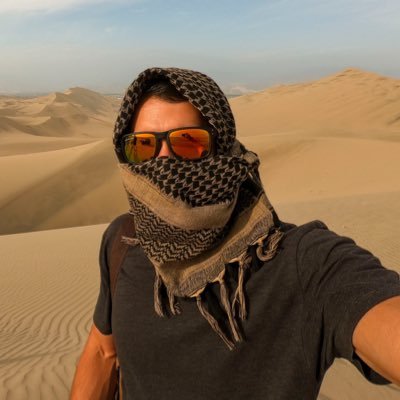



































Matrix AI Network 社群媒體數據
過去 24 小時,Matrix AI Network 社群媒體情緒分數是 4,社群媒體上對 Matrix AI Network 價格走勢偏向 看漲。Matrix AI Network 社群媒體得分是 799,在所有加密貨幣中排名第 373。
根據 LunarCrush 統計,過去 24 小時,社群媒體共提及加密貨幣 1,058,120 次,其中 Matrix AI Network 被提及次數佔比 0%,在所有加密貨幣中排名第 373。
過去 24 小時,共有 108 個獨立用戶談論了 Matrix AI Network,總共提及 Matrix AI Network 35 次,然而,與前一天相比,獨立用戶數 減少 了 0%,總提及次數增加。
Twitter 上,過去 24 小時共有 1 篇推文提及 Matrix AI Network,其中 100% 看漲 Matrix AI Network,0% 篇推文看跌 Matrix AI Network,而 0% 則對 Matrix AI Network 保持中立。
在 Reddit 上,最近 24 小時共有 0 篇貼文提到了 Matrix AI Network,相比之前 24 小時總提及次數 減少 了 0%。
社群媒體資訊概況
4